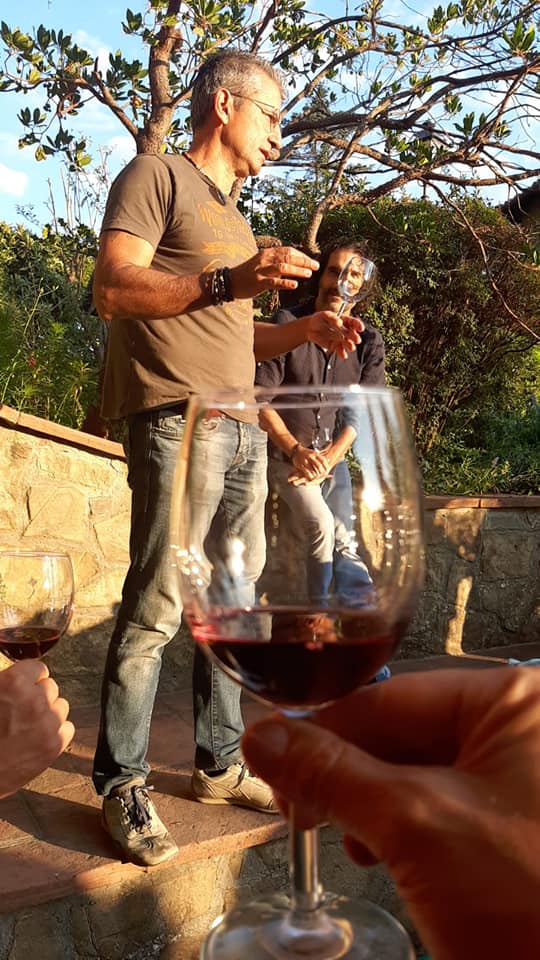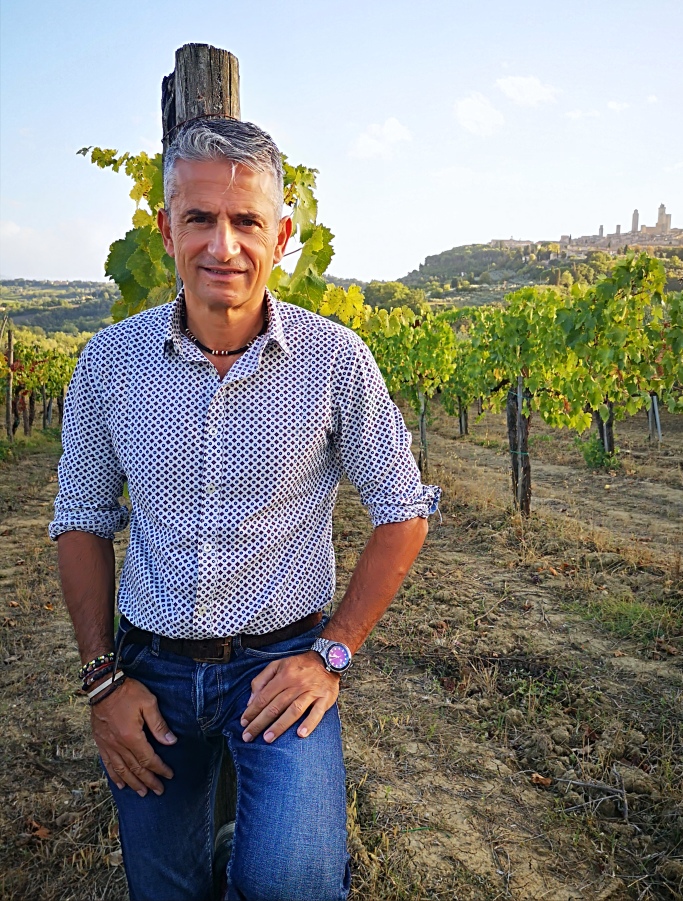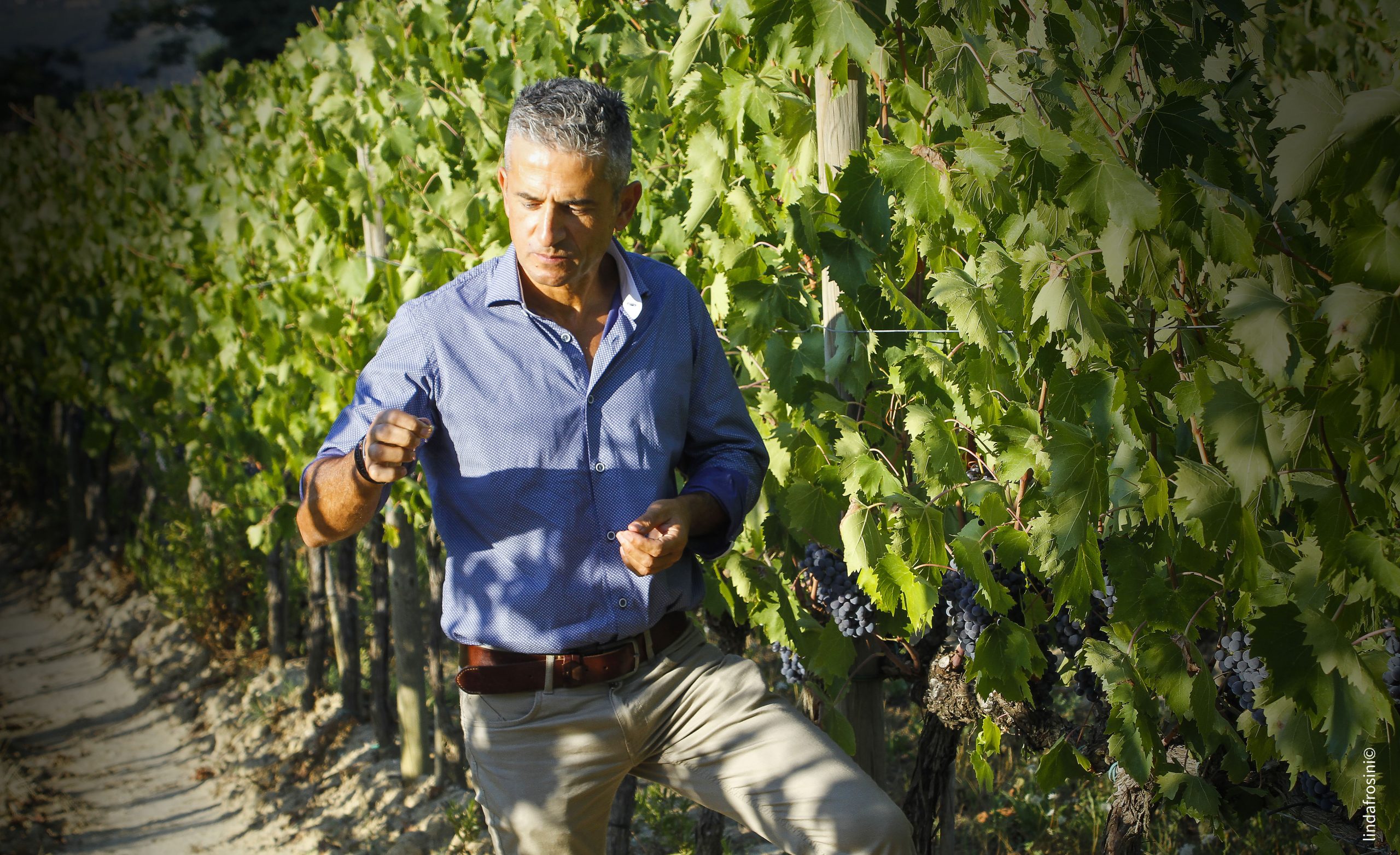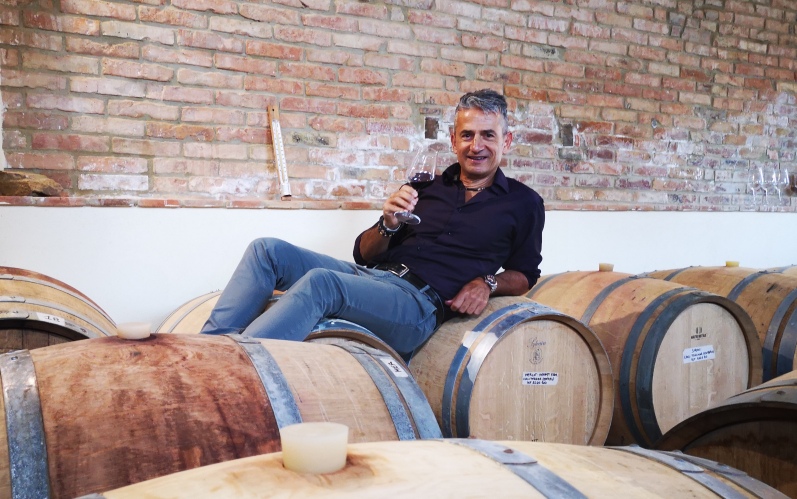The Wolf Post offers a professional service with free access, without subscription.
For this reason, a donation would also be a sign of appreciation for our work.
If in the second half of the nineteenth century European viticulture had to face the problem of phylloxera, today, and in the next few years, it will have to face a new obstacle: climate change. A global problem, which requires common policies on a global level.
To understand how the national wine sector is analyzing and evaluating the first important signs of climate change, we asked the winemaker Luciano Bandini for an opinion who illustrates his experience.

© Luciano Bandini Enologo
Climate change has significantly altered important areas of our planet. According to your professional experience, are these changes already taking place in Italy too?
Yes, obviously we are part of a single system, the melting of glaciers, the rarefaction of ozone, the rise in average temperature, are phenomena that involve the whole world. Even in Italy, the harsh winters of the past are just a memory, while drought summers are increasingly frequent.
The long periods of drought once concentrated, on average, in the period between mid-June and mid-August, today the period has extended until mid-September. We were often more apprehensive about the excessive rains in September than the excessive temperatures.

© Luciano Bandini Winemaker
Are there any interventions, including preventive ones, that it is convenient to adopt to start compensating for these changes in the climate?
We are already adopting measures that allow the vines to better tolerate climatic excesses. The adoption of rootstocks more resistant to drought for example. The use of kaolin, fertilizers and specific green manures. As well as careful management of the vegetative wall and the soil. But, above all, we must avoid making vineyards in unsuitable places.

© Luciano Bandini Enologo
In some countries of Northern Europe (Denmark and Sweden), albeit in minimal quantities, they have begun to produce wine. Studies speculate that in 50 years the climate of these countries will be at the level of Northern France. What do you think of these studies and, in his opinion, could they become the new frontiers of wine in Europe?
At certain latitudes it may be possible to produce wines where it was not possible before, or with very different characteristics from 40 years ago, but which can become the new frontiers of wine, honestly, it seems a bit risky to me. However, given my age, I would be happy to be able to personally verify in 50 years if I am wrong.

© Luciano Bandini Enologo
As for the Italian situation, are you aware of the planning or construction of new plants at heights above sea level which were unthinkable until “yesterday”? How do you hypothesize this change and what will be the difficulties of this oenological “readjustment”?
Without a doubt, coastal areas are among those that suffer most from drought, the use of emergency irrigation can sometimes save a crop. Certainly, even a less expanded farming system, such as the sapling, may be more suitable, as well as the use, where possible, of vines less sensitive to drought.
We are already seeing the changes, the problem today is the excess sugar content in the grapes, in the face of adequate phenolic maturation, whereas previously the problem was the lack of sugar content.
However, I must emphasize that this change is not only due to climate change, but also to the different layout of the vineyards planted in the last 30 years, and to the better clonal selection.
The vine is such a generous plant that it adapts very well to the environment in which it lives, however, we must set up the new vineyards according to the climate change we are experiencing.








